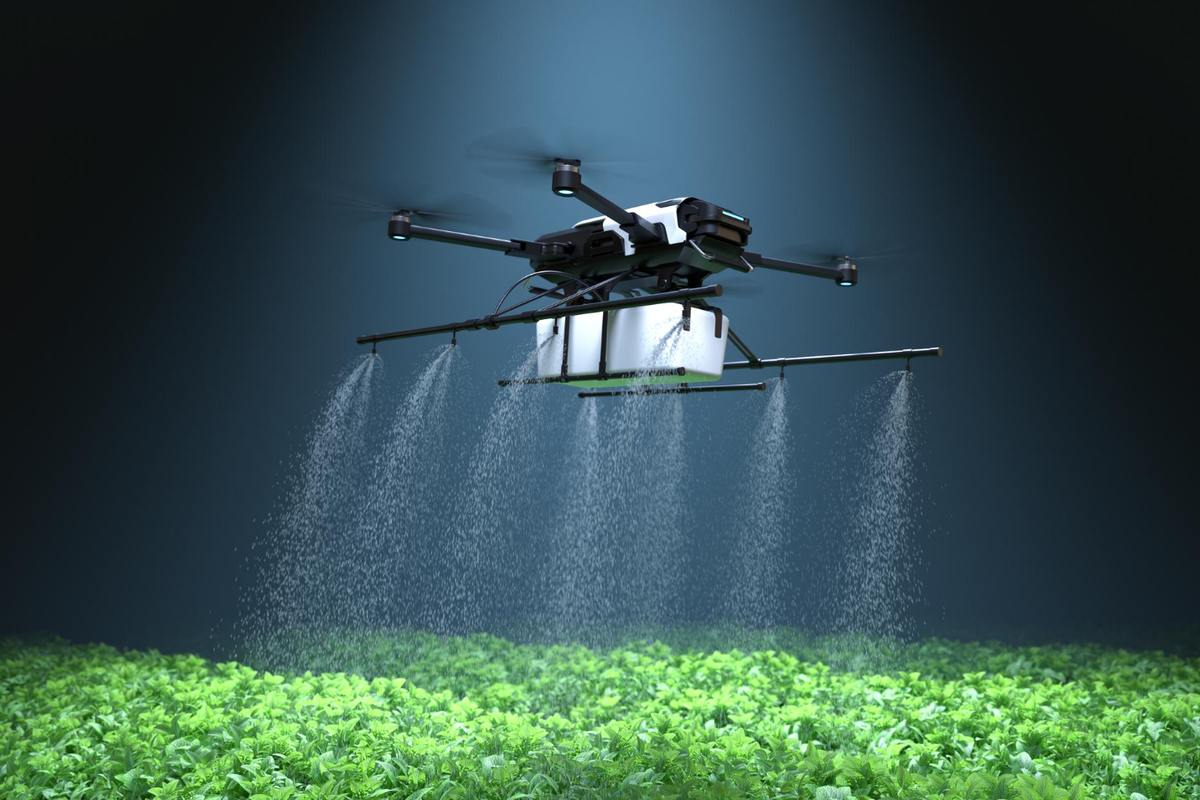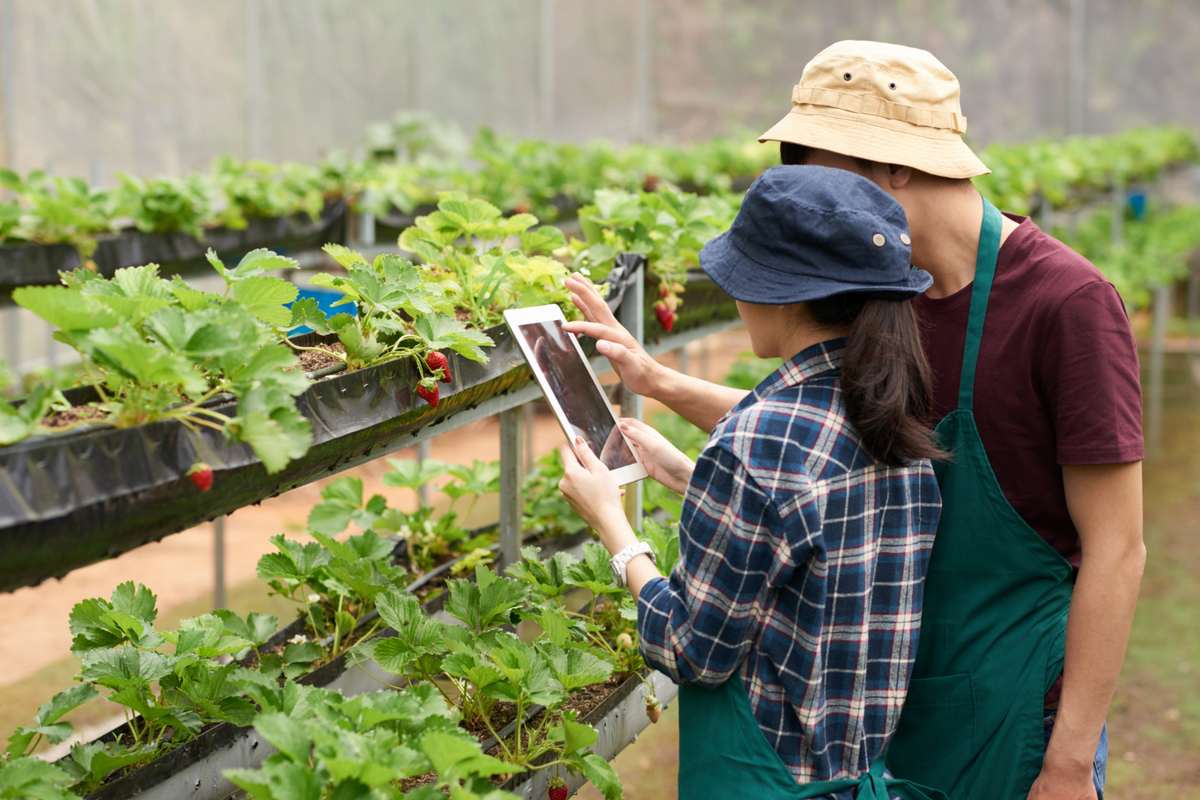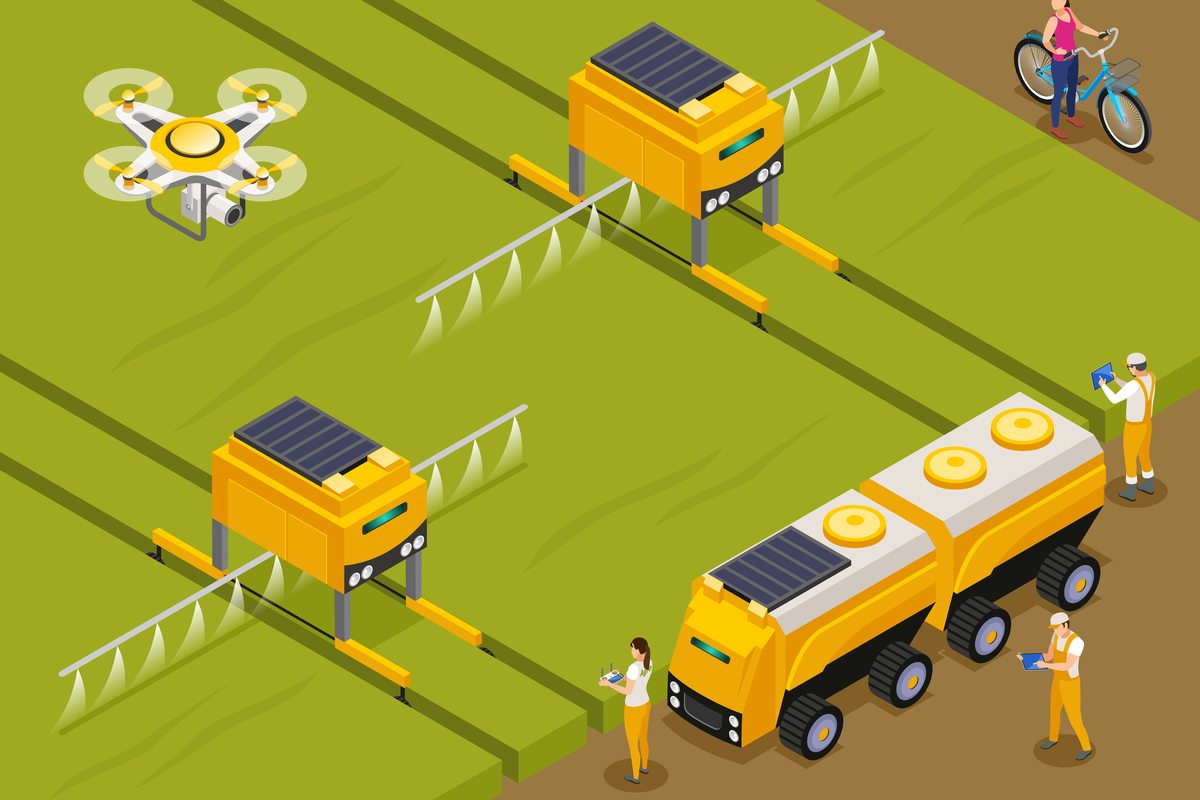The impact of digital agriculture on farming is transformative, completely revolutionizing traditional practices and ushering in a new era of efficiency, sustainability, and data-driven decision-making. Through the integration of advanced technologies, farmers can now optimize the management of resources, streamline their operations, and significantly improve overall productivity. By accessing real-time data on weather patterns, soil conditions, and crop health, farmers are empowered to make well-informed decisions, effectively mitigating risks and maximizing crop output. Furthermore, the implementation of automation and robotics has greatly reduced the need for manual labor, resulting in more efficient farming operations. Although challenges do exist, the overall impact of digital agriculture is the creation of a resilient agricultural sector that is driven by technology and holds the potential to sustainably and efficiently feed an ever-growing global population.
Table of Contents
What is Digital Agriculture?
Digital agriculture, also known as precision agriculture or smart farming, is the integration of advanced technologies into traditional farming methods to optimize efficiency, sustainability, and productivity. This encompasses a range of technologies such as GPS-guided tractors, sensors, drones, automated machinery, and data analytics. The main objective of digital agriculture is to improve decision-making processes by providing real-time data to farmers regarding various factors that influence crop growth and livestock management. These technologies enable precise monitoring of soil conditions, weather patterns, crop health, and resource utilization. Consequently, farmers can make informed decisions based on data, such as irrigation, fertilization, pest control, and harvesting, resulting in optimized resource usage and increased yields. The utilization of data analytics and machine learning further enhances predictive modeling, enabling farmers to anticipate challenges and adjust strategies accordingly. In addition to enhancing operational efficiency, digital agriculture also promotes sustainability by minimizing resource wastage and reducing environmental impact. As the agricultural industry continues to evolve, digital technologies play a crucial role in shaping a more resilient, adaptable, and technologically advanced future for global food production.
Benefits of Digital Agriculture

Digital agriculture offers a range of benefits that can significantly enhance efficiency, sustainability, and profitability in farming. Here’s a detailed look at the advantages:
Precision Farming: Digital agriculture allows for precise management of resources, including water, fertilizers, and pesticides. This precision helps optimize inputs, reduce waste, and improve overall resource use efficiency.
Data-Driven Decision-Making: Farmers can collect and analyze vast amounts of data related to soil health, weather patterns, crop conditions, and more. This data-driven approach enables informed decision-making, allowing farmers to adjust their practices in real-time for optimal results.
Resource Efficiency: Through the use of sensors and monitoring technologies, farmers can optimize irrigation schedules, reducing water consumption. Additionally, precise application of fertilizers and pesticides minimizes environmental impact and lowers input costs.
Weather Prediction: Advanced weather forecasting systems help farmers anticipate extreme weather events, enabling them to take preventive measures to protect crops and livestock.
Yield Optimization: Digital technologies enable farmers to monitor crop health and growth conditions closely. By identifying issues early on, such as diseases or nutrient deficiencies, farmers can take corrective measures to maximize crop yields.
Automation and Robotics: Automation technologies, including autonomous tractors and robotic systems, streamline various tasks such as planting, harvesting, and weeding. This not only saves labor costs but also improves the efficiency and accuracy of these processes.
Supply Chain Optimization: Digital agriculture facilitates better communication and coordination within the agricultural supply chain. Farmers can make more informed decisions about when and where to sell their products, improving market access and profitability.
Remote Monitoring: Remote sensing technologies, such as satellite imagery and drones, allow farmers to monitor large areas of land efficiently. This is particularly beneficial for detecting and addressing issues in expansive agricultural operations.
Technologies Used in Digital Agriculture

Digital agriculture leverages a variety of technologies to enhance efficiency, productivity, and sustainability in farming. Here are some key technologies used in digital agriculture:
Global Positioning System (GPS): GPS technology is integral to precision agriculture. It enables accurate mapping of fields, guiding autonomous machinery, and precisely locating where resources like fertilizers and pesticides should be applied.
Sensors and Internet of Things (IoT): Sensors are deployed across fields to collect real-time data on soil moisture, temperature, nutrient levels, and crop health. IoT devices enable the seamless transmission of this data for analysis and decision-making.
Unmanned Aerial Vehicles (UAVs) and Drones: These aerial platforms, equipped with cameras and sensors, capture high-resolution images of fields. Drones help monitor crop health, assess field conditions, and identify potential issues like pest infestations or nutrient deficiencies.
Satellite Imagery: Satellite-based remote sensing provides farmers with a broader perspective on large agricultural areas. It aids in monitoring vegetation health, assessing crop conditions, and predicting potential challenges.
Autonomous Machinery: Autonomous tractors and harvesters equipped with GPS and sensor technologies can operate without human intervention. These machines follow precise routes, optimizing planting, harvesting, and other field operations.
Robotics: Robotic systems are increasingly used for tasks like planting, weeding, and harvesting. These robots operate autonomously or semi-autonomously, reducing the need for manual labor and improving efficiency.
Machine Learning and Artificial Intelligence (AI): These technologies analyze large datasets to derive insights and predictions. In agriculture, AI can be applied to optimize planting schedules, predict crop diseases, and recommend customized management practices.
Weather Forecasting Tools: Advanced weather forecasting tools provide farmers with accurate and timely information on upcoming weather conditions. This helps them make informed decisions regarding irrigation, harvesting, and other critical activities.
Livestock Monitoring Technologies: For animal farming, technologies such as RFID tags, GPS trackers, and health monitoring sensors are used to track the health, location, and behavior of livestock.
By integrating these technologies, digital agriculture enables farmers to make data-driven decisions, optimize resource use, and enhance overall farm management for more sustainable and efficient agricultural practices.
Challenges of Digital Agriculture

While digital agriculture offers numerous benefits, it also comes with its own set of challenges that farmers and the agricultural industry must navigate. Some of the key challenges include:
Cost of Technology: The initial investment in digital agriculture technologies, such as precision farming equipment, sensors, and automation systems, can be high. This cost can be a barrier for smaller or resource-limited farmers.
Access to Technology: Not all farmers have equal access to digital technologies, which can create a digital divide. Limited internet connectivity, especially in rural areas, may hinder the adoption of digital tools.
Customization Needs: Agriculture practices vary widely based on crops, climates, and farming methods. Digital tools may need to be customized for different contexts, making widespread adoption more challenging.
Technical Expertise: Adopting digital agriculture requires a certain level of technical expertise. Farmers may need training to effectively use and manage complex technologies, and there may be a learning curve.
Infrastructure Limitations: In some regions, inadequate infrastructure, such as limited access to electricity or unreliable internet connectivity, can impede the implementation of digital technologies.
Environmental Impact: The production and disposal of electronic components used in digital agriculture technologies can contribute to electronic waste. Proper recycling and disposal mechanisms need to be in place to address this issue.
Over-reliance on Technology: Excessive reliance on digital technologies without a backup plan can leave farmers vulnerable if there are technical failures, power outages, or cybersecurity threats.
Addressing these challenges requires collaboration between the agricultural sector, technology developers, policymakers, and educational institutions. It is crucial to overcome these hurdles to ensure that farmers of all sizes and from all regions can avail themselves of the advantages offered by digital agriculture.
The Future of Digital Agriculture
The potential of digital agriculture in the future is vast, but it faces a range of complex challenges that need to be addressed to fully realize its benefits. Overcoming obstacles such as the high cost of technology, unequal access to resources, and concerns about data privacy is crucial to ensure that digital agriculture is adopted widely. As the industry progresses, it becomes increasingly important to bridge the digital divide and provide farmers with the necessary training and support. To achieve seamless integration, it is essential to harmonize different technologies and establish standardized protocols. Regulatory frameworks also need to evolve to address issues related to data ownership, security, and the environmental impact of digital agriculture. Striking a balance between technological innovation and traditional farming practices is necessary to gain acceptance from a diverse agricultural community. The future of digital agriculture requires collaborative efforts from governments, technology developers, farmers, and policymakers to create an inclusive and resilient landscape that maximizes efficiency, minimizes environmental impact, and ensures food security in the face of evolving challenges.







